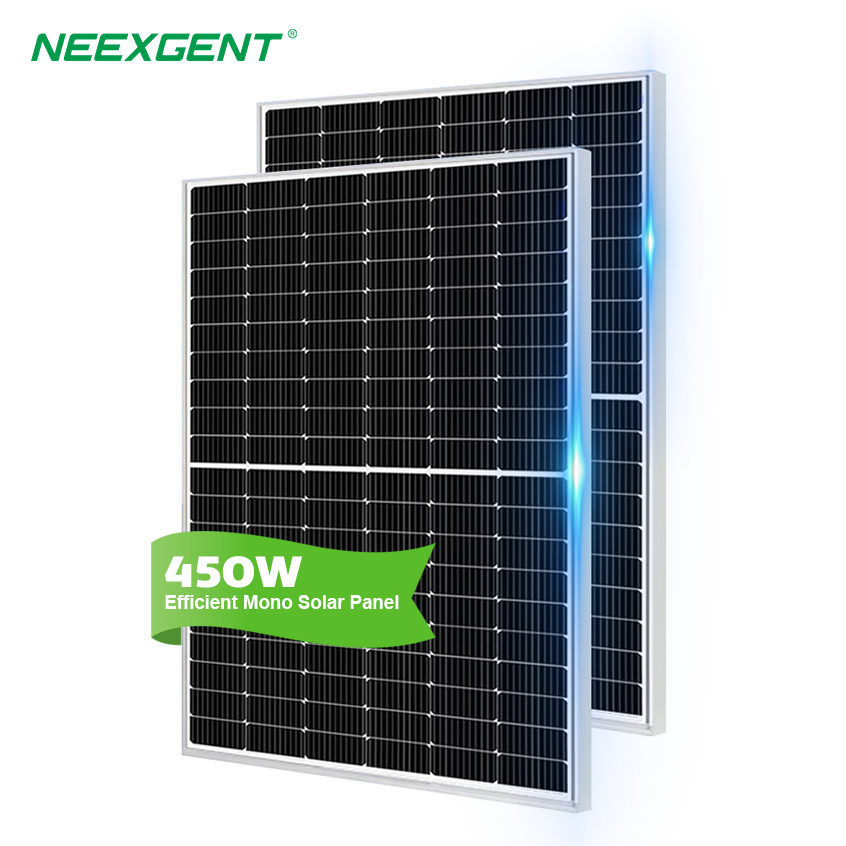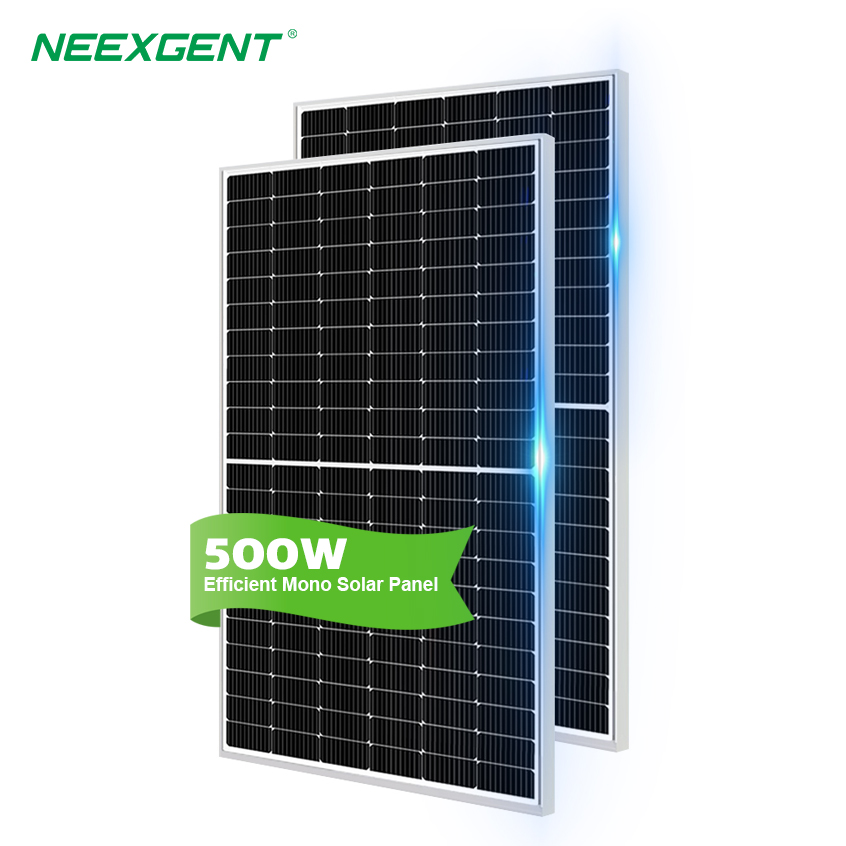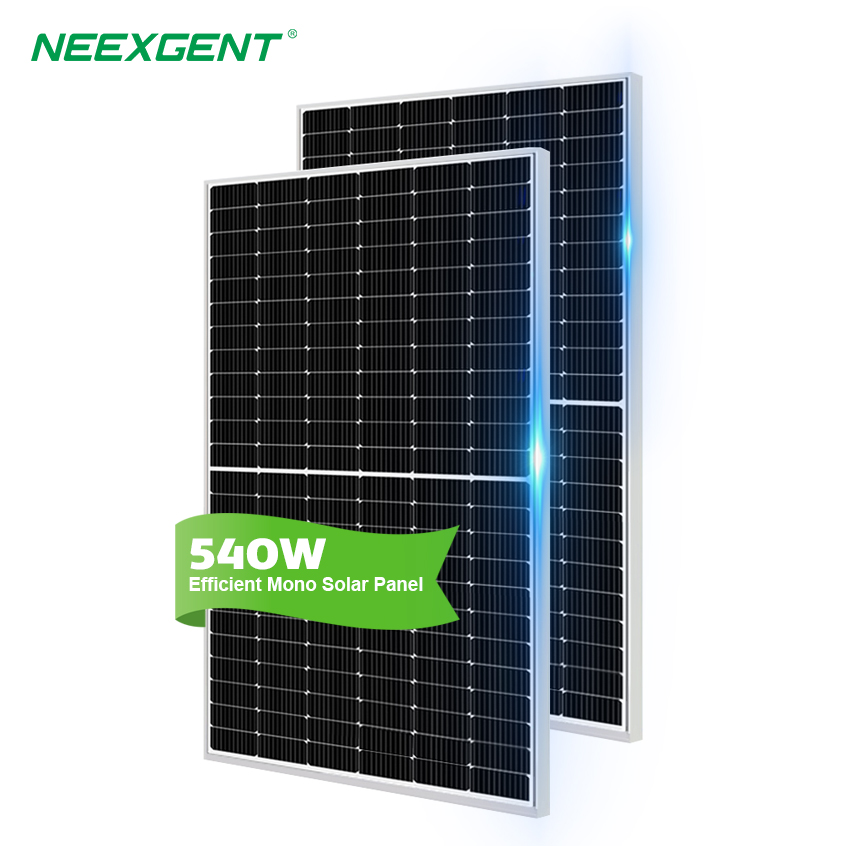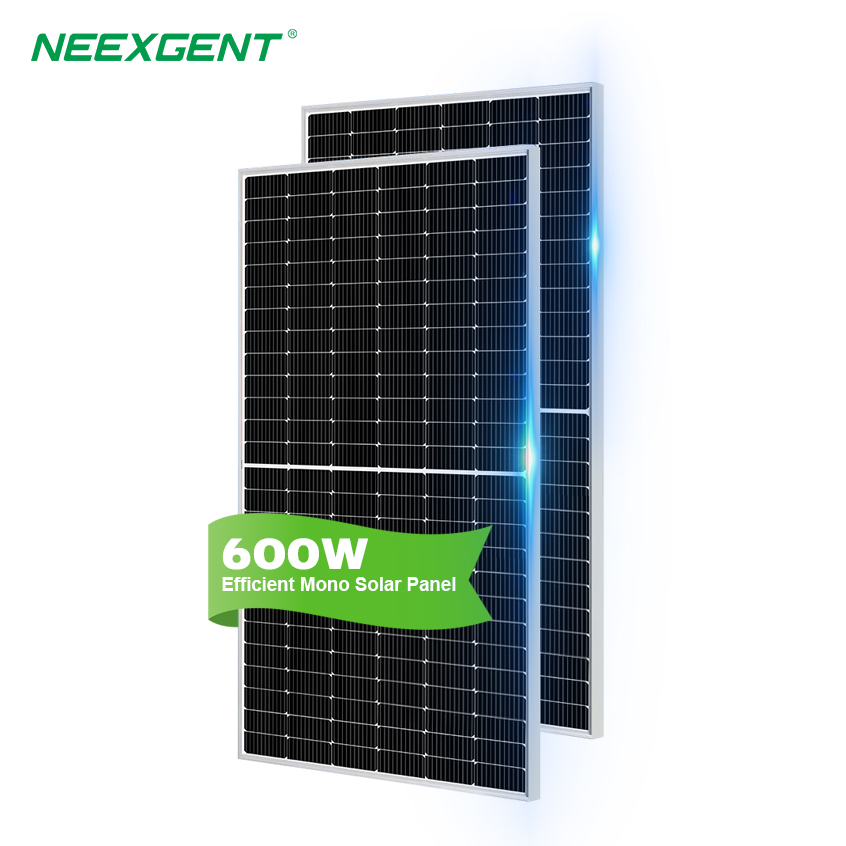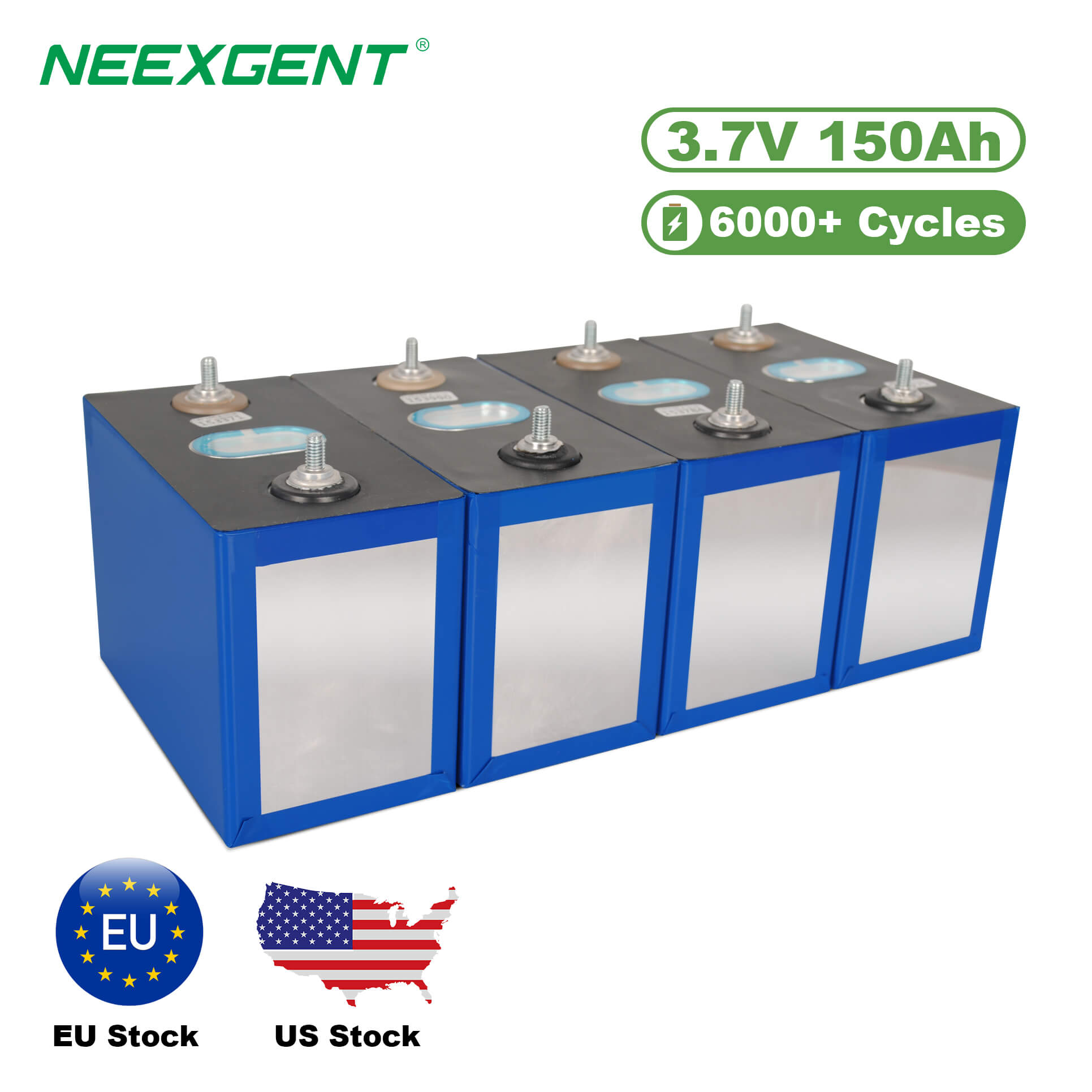To create a fan using a solar panel, several essential items are required, combining electrical components, mechanical parts, and the necessary tools to integrate them efficiently. This article explores the key elements needed to build a solar-powered fan and the roles they play in the setup.
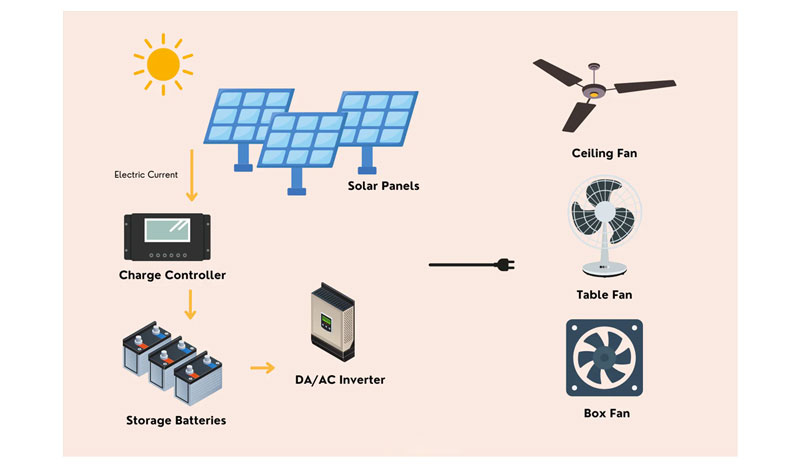
1. Solar Panel
A solar panel is the most important component for a solar-powered fan. It converts sunlight into electrical energy, which powers the fan's motor. The size and wattage of the solar panel depend on the fan's power requirements. Typically, a small fan requires about 10 to 20 watts of solar power.
| Aspect |
Description |
| Power Output |
Determines how much electrical energy the panel can generate, typically measured in watts (W). |
| Efficiency |
Refers to how well the solar panel converts sunlight into electricity. Higher efficiency means more power generation in smaller space. |
| Size |
Solar panels come in various sizes depending on the wattage required for the application. |
| Voltage |
The voltage rating of the panel must match the system's needs to avoid compatibility issues with the motor or battery. |
| Material |
Most solar panels are made from silicon. Monocrystalline panels are more efficient, while polycrystalline panels are less expensive. |
| Durability |
Solar panels are built to withstand various weather conditions, so their longevity and resistance to the elements are crucial factors to consider. |
2. DC Motor
A DC motor is commonly used in solar-powered fans, as it operates efficiently with the direct current (DC) produced by the solar panel. This type of motor is energy-efficient and perfect for low-power applications, which is ideal for fans that do not require a lot of energy.
3. Battery Storage (Optional)
While solar panels can directly power the fan, incorporating a battery can store excess energy during the day for nighttime use. A rechargeable battery, typically a lithium-ion or lead-acid battery, allows the fan to continue operating when there is insufficient sunlight. The capacity of the battery should match the fan's power consumption and usage duration.
4. Charge Controller
A charge controller regulates the voltage and current coming from the solar panel to prevent overcharging or deep discharging of the battery. It ensures that the battery is safely charged and optimizes the fan's performance. Some advanced controllers also include features like low voltage disconnect, which helps protect the battery.
5. Fan Blades
The fan blades are the part of the fan that moves air. These are typically made of plastic or lightweight metal materials. Depending on the design, the number of blades can vary, but they should be lightweight and efficient to ensure that the solar panel can generate enough power to turn them.
6. Wires and Connectors
Proper wiring is necessary to connect the solar panel, battery, charge controller, and motor. The wires should be thick enough to handle the current without overheating. Connectors like MC4 connectors or DC connectors are used to link the components securely and safely.
7. Frame or Mounting Bracket
To house and support the solar panel, fan motor, and other components, a sturdy frame or mounting bracket is needed. This can be constructed from metal, wood, or plastic, depending on the intended location of the fan. The frame ensures that all parts are securely assembled and positioned correctly.
| Aspect |
Description |
| Material |
The frame or bracket can be made from metal, plastic, or wood, depending on durability and environmental factors. |
| Size |
The size of the frame should match the dimensions of the solar panel and fan components to ensure secure mounting. |
| Strength |
The frame must be strong enough to support the weight of the solar panel, motor, and battery, and withstand outdoor conditions. |
| Adjustability |
Some frames allow you to adjust the angle of the solar panel to maximize sunlight exposure, improving efficiency. |
| Mounting Location |
The frame or bracket should be designed for either wall-mounting or pole-mounting, based on the intended installation area. |
| Weather Resistance |
The material of the frame should be weather-resistant to protect the components from rain, wind, and sun exposure. |
8. Switch
A simple on/off switch allows you to control the operation of the fan. It can be a mechanical switch or an electronic switch, depending on the design. Some setups may also include a speed control switch, allowing you to adjust the airflow.
9. Diodes
A diode is used to prevent backflow of electricity into the solar panel or battery when the fan is not operating. This ensures the system operates efficiently and prevents potential damage from reverse current flow.
10. Fuses or Circuit Breaker
For safety, a fuse or circuit breaker should be included in the system to protect against electrical faults. If there is a short circuit or overload, the fuse will blow or the circuit breaker will trip, protecting both the fan and the solar components.
By assembling these items and integrating them properly, you can create a fully functional, energy-efficient fan powered by renewable solar energy.

